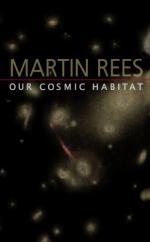|
This section contains 290 words (approx. 1 page at 400 words per page) |

|
Psychological Depth
Thompsonwho is known for her interest in the work of psychoanalyst Sigmund Freudis careful to imbue her characters with a sense of great psychological depth, partly by showing the audience incidents from her character's respective childhoods. Examples of how the characters' personalities are grounded in realistic psychological portraits are Lewis's childhood trauma with his brother, Janet's sense of inadequacy that stretches back to her childhood with Margaret, and Raine's process of working through her relationship with her mother, as well as her near-death experience as an infant. Even Sparkle, whose past remains unclear, seems to have a well-defined traumatic experience in his childhood that is the key to his angry and irresponsible personality.
Trances
In the first and last scenes of the play, Raine breaks out of the realistic, straightforward narrative and into two examples of what Thompson refers to as "trance[s]." In the...
|
This section contains 290 words (approx. 1 page at 400 words per page) |

|




